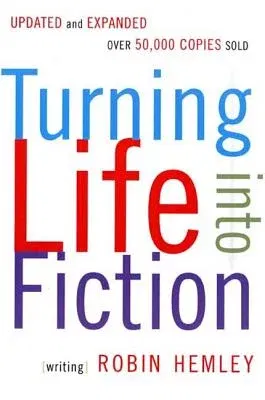With lively style, good humor and insight, Robin Hemley helps you turn
all that you experience into fresh and powerful fiction. By learning to
"reimagine, " you'll focus on translating real-world people and events
into characters and scenes that happen on paper for the first time.
You'll think "what if" instead of "what is" in order to take control of
your material and cut loose the inhibitions of real life. In these
pages, you'll learn how to hone your observation skills and fill your
journal with rich and vivid details. (Because, as Hemley writes, "Life
is in the details, and so is good fiction.") You'll see how to decide
which ideas to bring to fiction and which ones to let go. And you'll
learn how to: find the right form - novel, short story, vignette,
memoir - for the story you want to tell; use "triggers" to start your
reader's imagination rolling; keep your fiction emotionally honest by
making the right choices between "the way it happened" and what the
story dictates (ask "Is it believable?," not "Did it happen?"); create
composites of real people and places that fit the unique needs of your
story and empower your imagination; focus your fiction. Make sure
everything, every character counts - and eliminate "people who sit at
the end of the bar without a role to play"; fictionalize - ethically and
legally - other people's stories. Learn your rights as a writer versus
their rights to privacy. (Can you use actual names? When do you need to
get permission?). To illustrate how writers feed their fiction with
reality, Hemley uses examples from his own work and from fiction masters
of yesterday and today. At the end of each chapter, challenging
exercises help you apply the basictheories and push them even further.
An adventurous read, Turning Life Into Fiction will help you create
fiction that's just as strange and wonderful and "real" as the life that
inspires it.

